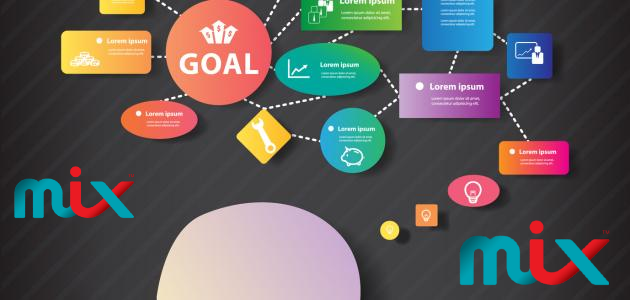What are mind maps
 |
| mind maps |
Mind maps
A mental map is a graphic technique developed by British researcher Tony Bozan in his 1972 book "The Use of Your Mind," which is used to make observations, exchange ideas, solve problems and plan projects, and is used to clarify the links between many ideas or parts of information; Each idea or fact is written, and then linked using lines or curves to its main or secondary idea, forming a network of connections and relationships.
Steps to make a mind map
central address mode
The main theme is written on a blank paper in one word, concise and clear, whether it is a problem to be solved, a decision to be taken, an idea to be developed, or a project to be clarified.
Add branches for related ideas
Draws lines, whether straight or curved, out of the main idea, and writes the first ideas that come to mind when thinking about the central idea at the end of this line.
Add sub-branches for more related ideas
Other sections can be added to the branches that come out of the main idea, and these can include the points that led a person to think about the subject, what connection he or she has to the main idea, and write these ideas along with each sub-idea that belongs to her.
Repeat step two and three
A person can repeat the second and third steps, if he or she needs more ideas on the subject selected, and the first level branches are often added clockwise.
Benefits of using mind maps
There are many benefits to the use of the mind map technique, including:
- Encouraging a person to expand his or her thinking, and making his or her way of thinking more creative.
- Provide a general idea of a large, or broad, topic and allow a person to illustrate it in a more concise manner.
- Provide an opportunity for a person to plan, make choices about the source of the material needed for a particular task, and where the material will be placed.
- Provide a more attractive shape, a pleasure for the eye or for the mind to look at.
- achieving higher levels of focus, creativity, organization, and communication.

Comments